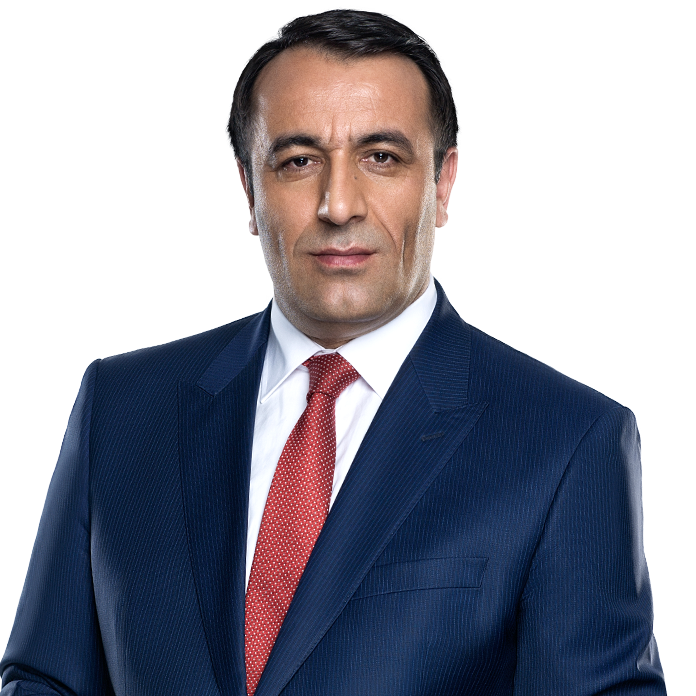It would prove beneficial to provide some clarifications about remarks made by the CHP’s (Republican People’s Party) deputy leader, Selin Sayek Böke, on the Turkish economy in an interview with the Hürriyet newspaper.
Actually, upon examination of economic indicators a very different picture from that painted by Böke emerges.
Just looking at a few macroeconomic indicators is enough to see this.
The Turkish economy grew at an approximate rate of 7 percent during the period spanning 2002-2006, and at a rate above 3.5 percent during 2007-2014. The period spanning 2007-2014 was one where many developed economies were deeply affected by the global economic crisis and countries like Greece and Spain came close to bankruptcy. A global economic crisis was experienced and despite the time that has since elapsed, many countries are still facing economic stagnation.
The approach of ignoring the impact of the crisis when comparing the average growth rate during these two periods is not realistic.
On the other hand, the success of the Turkish economy can clearly be seen when Turkey’s crisis and post-crisis period economic indicators are compared with those of European Union countries, the United States and other developed economies.
Economic growth for 2013 was -0.4 percent in the Eurozone, where economic stagnation still persists. Turkey had a growth rate of 4 percent in 2013, whereas the global growth rate was 3.3 percent and that of developed economies was 1.4 percent.
Employment opportunities were created for 800,000 people annually, and new areas of employment were created through increased investments. When the investments for Turkey’s mega projects come on line, they will aid an increase in both manufacturing and employment.
The positive trend displayed by the economy has also been reflected through social expenditure. While many developed countries saw significant cuts in social expenditure due to stagnation in their economies, social expenditure in Turkey increased to approximately 2 percent of GDP.
Prior to 2002, Turkey’s economic history was one where we had become used to the perception of a combination of economic mismanagement and political instability leading to crises, which required foreign bailouts whose bill had to be footed by the lower and middle income groups. This changed to a serious extent after 2002.
In 2006, for the first time, plans were made for a 3-year road map for the Turkish economy on the basis of the Medium Term Program (OVP).
The OVP, which was drawn up annually after that, instead of relying on solutions drafted during times of emergency was based on a regular program that was revised annually, depending on changes. Additionally, the OVPs, which are compatible with the Development Plans, are very effective in creating long-term predictability for the Turkish economy.
Thanks to these OVPs, which are based on a realistic and rules-based understanding, there was an increase in foreign investments that help meet Turkey’s capital needs. Foreign Direct Investment, which was approximately 17 billion U.S. dollars from 1980-2002, stood at approximately 21 billion U.S. dollars in 2006 alone. More than 140 billion U.S. dollars in Foreign Direct Investment entered the country in the period spanning 2002-2014.
Even credit ratings agencies that had ignored Turkey’s performance post 2002, which was based on economic stability and an environment of trust, didn’t ignore economic indicators and gave Turkey an investment grade note in 2012 for the first time since 1992.
It is enough to compare the Turkish economy with the economies of other countries to see how it has positively differentiated itself. While European Union countries search for solutions to rescue themselves from recession, increase economic activity and grow, Turkey is taking measures to develop and make progress in regard to its growth rate, which it finds insufficient.
Turkey has identified its structural problems and is announcing structural transformation programs to solve them in order to increase both infrastructure investments and manufacturing capacity. These transformation programs and action plans, after taking shape, serve as guides to investors.
Alongside all this, the climate and conditions are being created for longer term investments in the Turkish economy through major energy projects, investments in the fields of education and defense; and also through the ongoing construction of a bridge, airport, and the Istanbul Finance Center that will make the city an international financial hub, and all of which are considered mega projects.




















